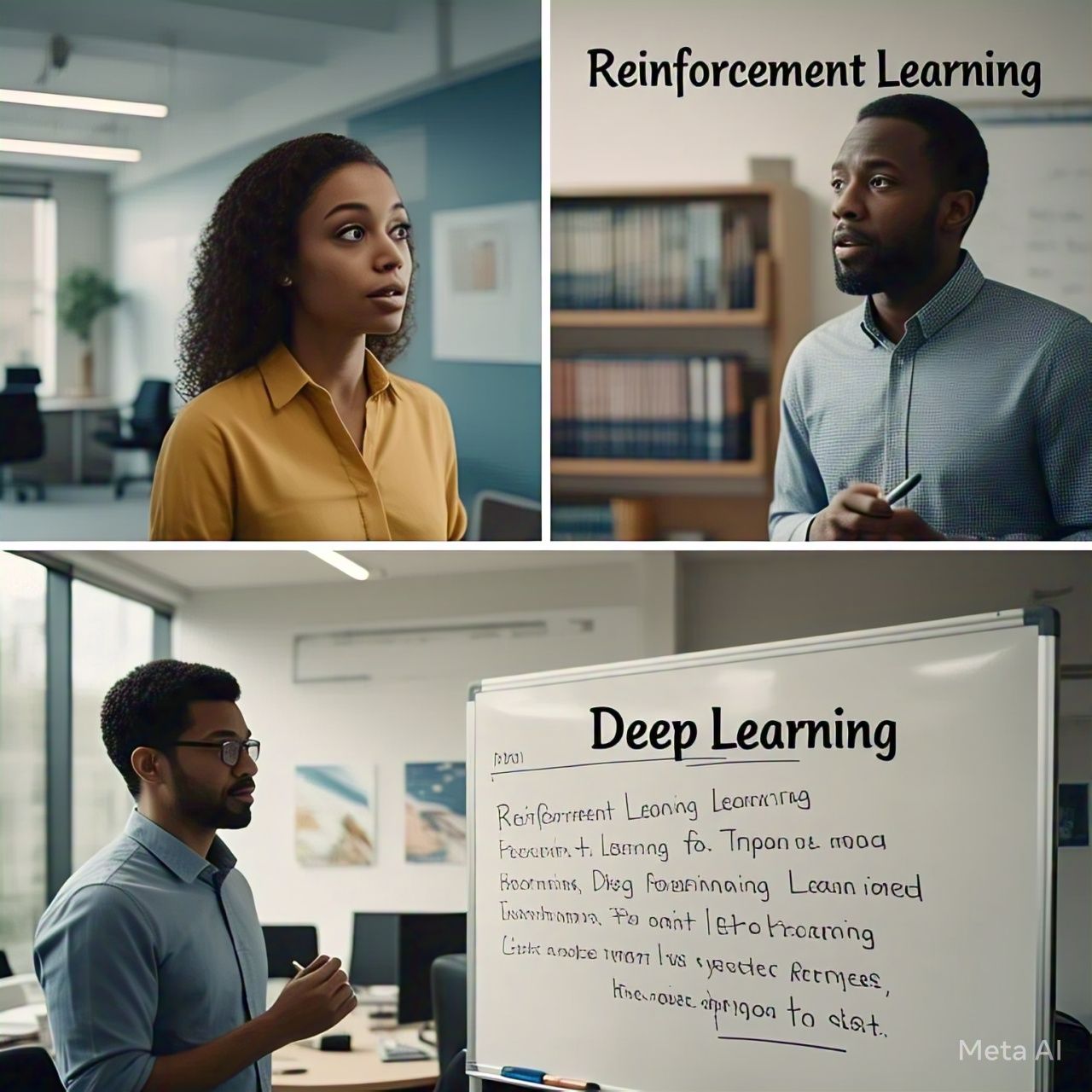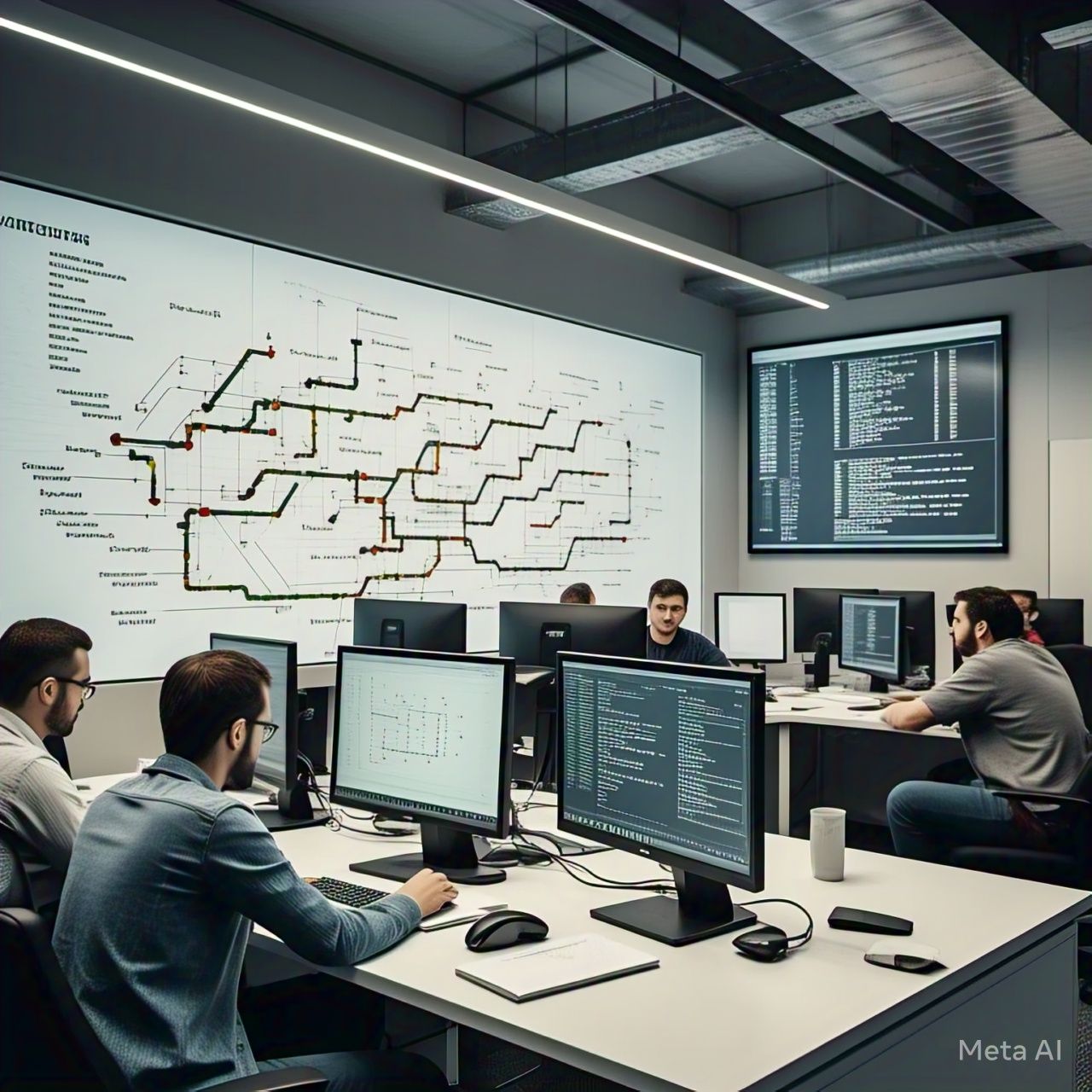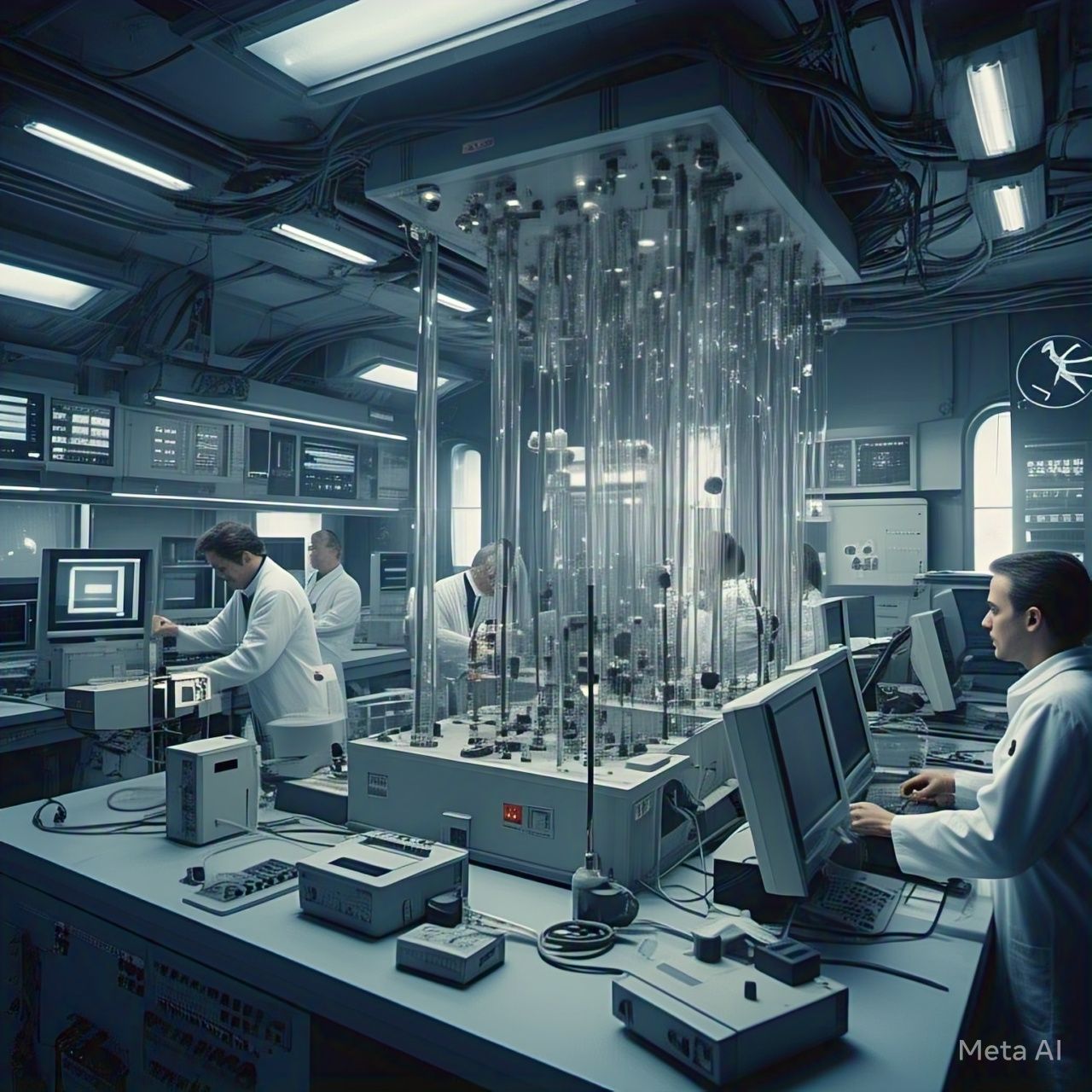Introduction
Artificial intelligence (AI) has made significant strides in recent years, with Reinforcement Learning (RL) and Deep Learning (DL) emerging as two of the most influential techniques. While both approaches leverage neural networks and advanced algorithms to solve complex problems, they differ in methodology, application, and learning strategies. This article explores the key differences between reinforcement learning and deep learning, helping you understand their unique strengths and use cases.
What is Deep Learning?
Deep Learning is a subset of machine learning that uses artificial neural networks to process and analyze large datasets. By mimicking the human brain’s structure, deep learning models can recognize patterns, extract features, and make predictions with high accuracy.
Key Characteristics of Deep Learning:
- Uses multi-layered neural networks (deep neural networks) to process data.
- Requires large amounts of labeled data for supervised learning.
- Excels in tasks like image and speech recognition, language processing, and medical diagnosis.
- Uses architectures such as Convolutional Neural Networks (CNNs) for image processing and Recurrent Neural Networks (RNNs) for sequential data.
Common Applications of Deep Learning:
- Image and Object Recognition: Used in facial recognition systems and medical imaging.
- Natural Language Processing (NLP): Powers virtual assistants like Alexa and chatbots.
- Autonomous Vehicles: Helps self-driving cars detect obstacles and navigate safely.
What is Reinforcement Learning?
Reinforcement Learning is a type of machine learning where an agent learns to make decisions by interacting with an environment. Instead of relying on labeled data, RL uses a reward-based system to determine optimal actions.
Key Characteristics of Reinforcement Learning:
- Involves an agent, an environment, and a reward signal.
- Learns through trial and error, improving its performance over time.
- Utilizes Markov Decision Processes (MDPs) to model decision-making.
- Popular RL algorithms include Q-Learning, Deep Q-Networks (DQN), and Policy Gradient methods.
Common Applications of Reinforcement Learning:
- Robotics: Enables robots to learn motor skills and automate industrial tasks.
- Gaming AI: Used in training AI models like AlphaGo to master board games.
- Finance: Helps in algorithmic trading and portfolio management by optimizing investment strategies.
Key Differences Between Reinforcement Learning and Deep Learning
| Feature | Deep Learning | Reinforcement Learning |
|---|---|---|
| Learning Approach | Supervised or unsupervised learning using labeled datasets | Trial-and-error learning with rewards and penalties |
| Data Requirements | Requires large labeled datasets | Learns from interactions, often requiring simulations |
| Applications | Image recognition, NLP, speech processing | Robotics, gaming AI, autonomous systems |
| Algorithm Examples | CNNs, RNNs, Transformers | Q-Learning, DQN, Policy Gradient |
| Decision-Making | Based on pattern recognition and feature extraction | Goal-oriented, improving strategies over time |
When to Use Deep Learning vs. Reinforcement Learning
Use Deep Learning when:
- You have a large dataset available for training.
- The task involves pattern recognition, such as classifying images or processing language.
- You need high accuracy in predictions without direct interaction with an environment.
Use Reinforcement Learning when:
- The problem involves sequential decision-making with long-term rewards.
- An AI agent needs to learn optimal actions through experience (e.g., gaming, robotics).
- You require an adaptive system that can improve performance over time with feedback.
Conclusion
While deep learning and reinforcement learning share similarities, they serve distinct purposes in the AI landscape. Deep learning excels in analyzing and processing large amounts of structured data, whereas reinforcement learning thrives in dynamic environments that require decision-making and optimization. Understanding these differences can help businesses and researchers choose the right AI approach for their specific needs. As AI continues to evolve, both deep learning and reinforcement learning will play critical roles in shaping the future of intelligent systems.




